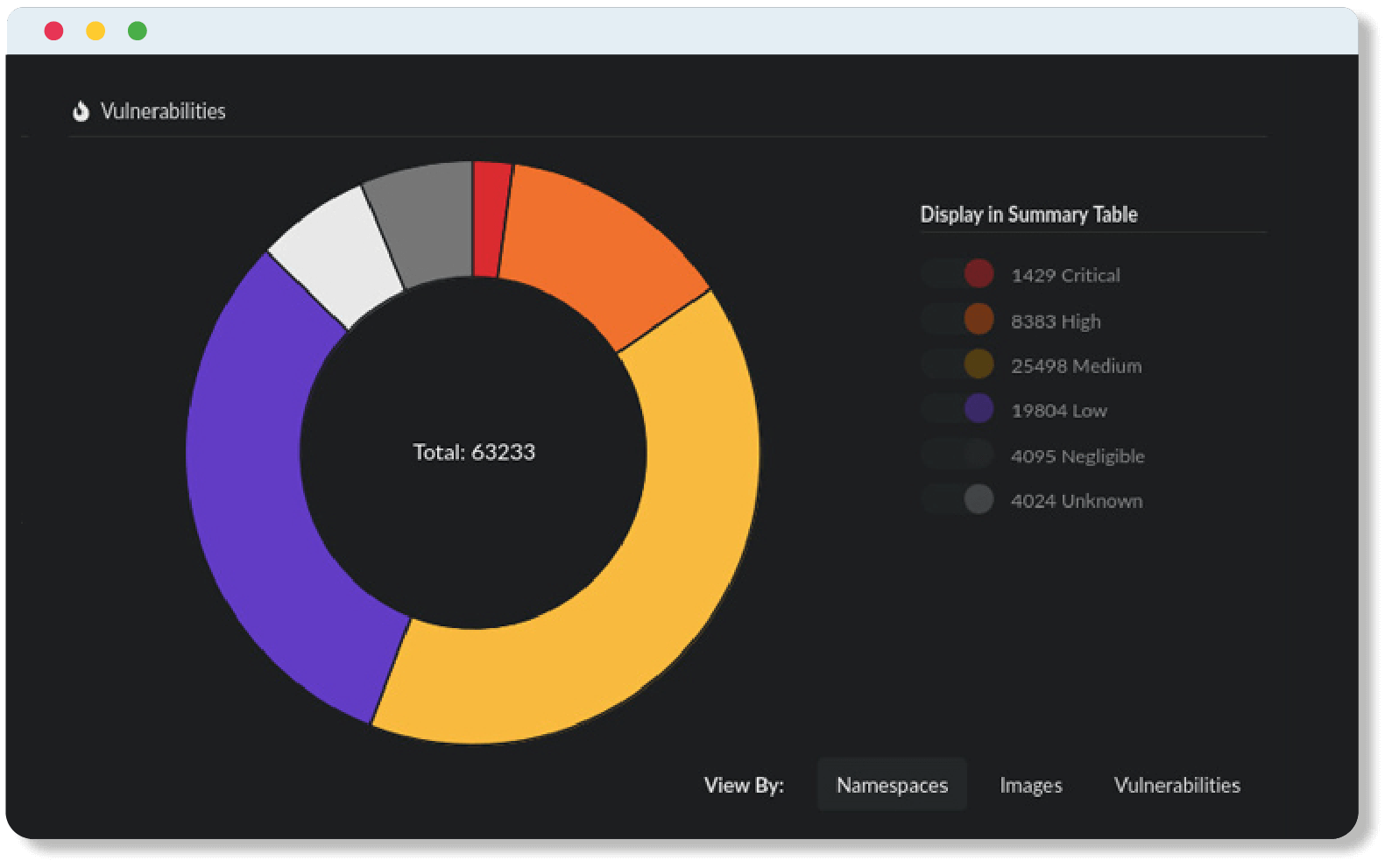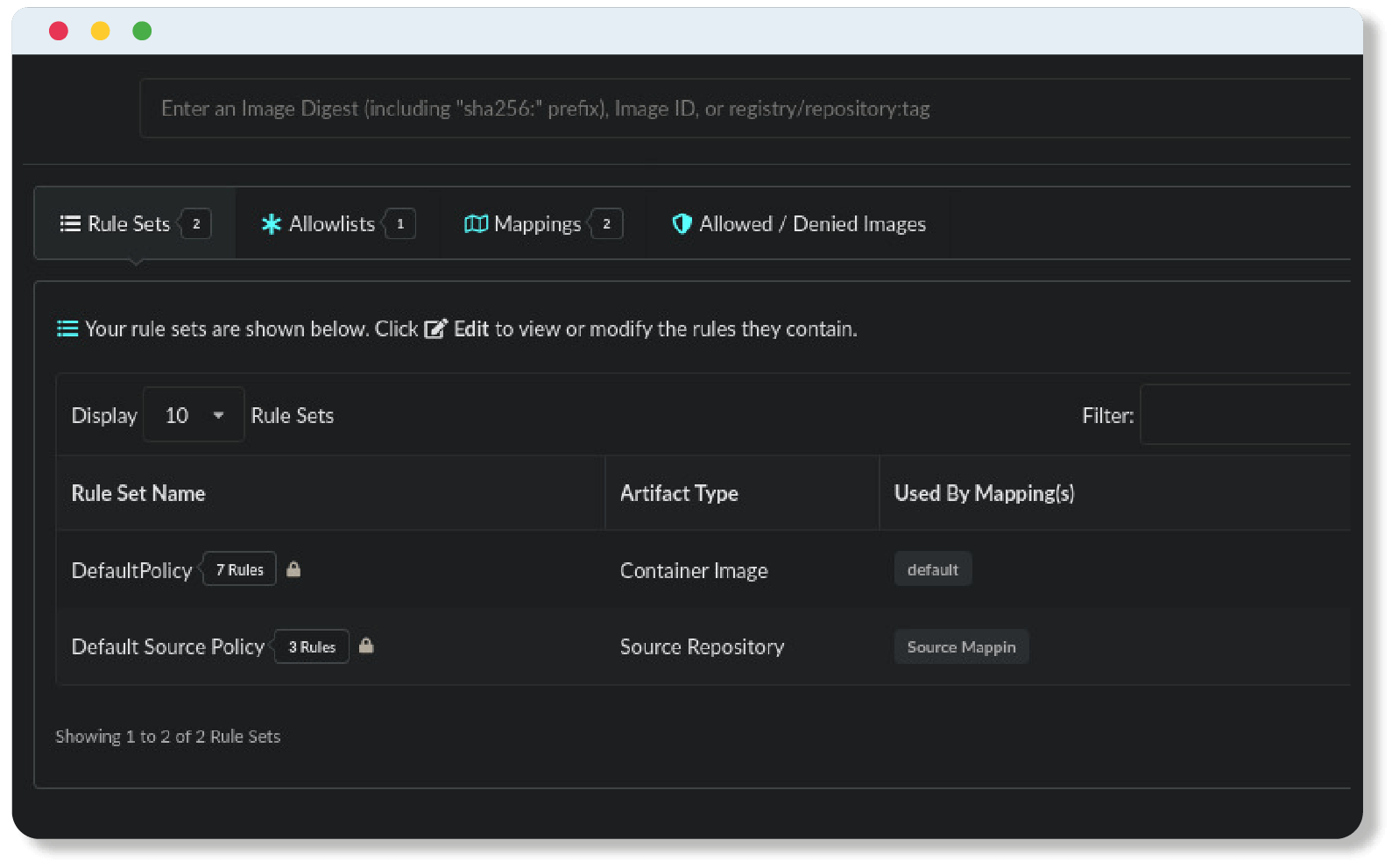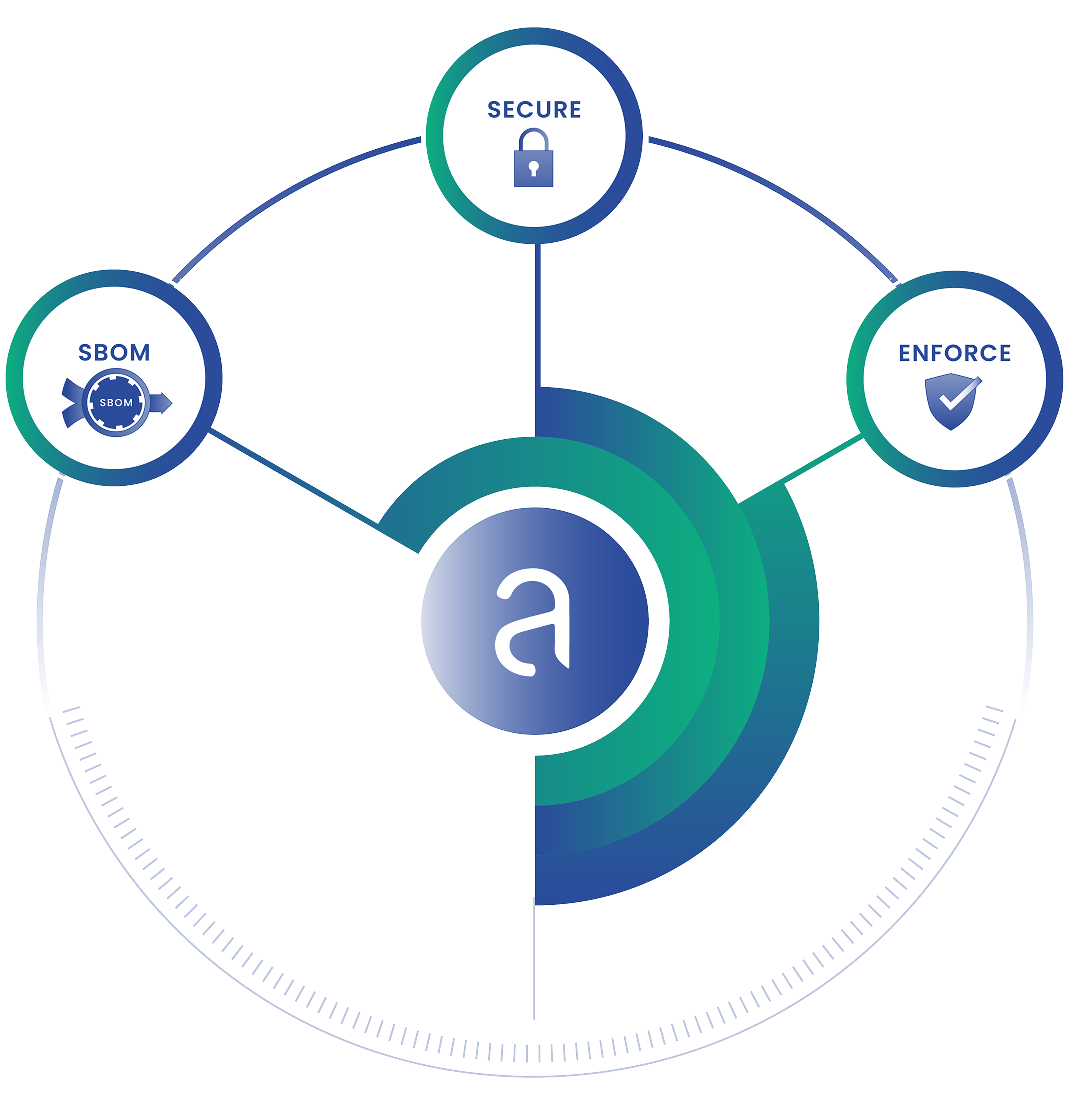Whether it’s security, orchestration, management or monitoring, there are many projects, products and companies vying to provide users a way to successfully deploy their apps at scale, with a minimum amount of friction. All of these projects are trying to solve a runtime problem with containers or performing simple security vulnerability scanning, but the big question of what happens in the pre-production cycle remains a period I’ll call the “Dark Ages of the Container Lifecycle”.
With traditional IT models this problem was largely addressed by standardizing on commercial Linux distributions such as Red Hat’s Enterprise Linux, now the gold standard within Fortune 1000 companies. This helped aggregate and certify the Linux distribution with thousands of ISVs, providing a production-ready “golden image,” and ensuring enterprise-grade support. Today, that certification process for containers is mostly self-driven and highly unpredictable, with many stakeholders and no single “throat to choke.”
Anchore Open Source Release
This week’s Anchore open source release addresses a major challenge in today’s container technology space and provides a platform for the open source community to participate and share ideas. Our open source release will give users the ability to pick from a vetted list of containers, analyze new containers, and inspect existing ones — either in the public domain or behind a firewall. In the past, these tasks were left to the user, creating an even bigger challenge and the gap between developers and operations. Anchore bridges the gap between Dev. and Ops.
Data Analytics meets Container Compute
An unprecedented amount of churn (more than any other one technology in the past, and over a billion downloads), illustrates the tremendous amount of information exchange at stake and at risk for container sprawl. Managing all this data — today and over the coming years — becomes a challenging geometric problem, to say the least. Container dependencies and relationships, security checks, functional dependencies, versioning, and so on, all become incredibly hard to manage. This will widen the gap between Dev. and Ops, and in turn make transparency and predictability paramount for operations and security teams.
Pre-production data for production readiness
Tens of gigabytes of information are now at the fingertips of Anchore users. Today, our open source release provides this data for the top 10 most downloaded application containers, including Ubuntu, NginX, Redis and MySQL, with new ones to follow as the need arises. Our hosted service is continuously tracking and analyzing every update and upgrade while keeping track of earlier versions for completeness. This data can then be used as a baseline to set and enforce policies, coupled with a proactive notification mechanism that lets users see potential vulnerabilities and critical bugs in a timely fashion. Anchore will provide operations and security teams the confidence necessary to deploy in production.
Anchore longer term
We are still in the first inning of a very long game in IT. Security, orchestration and management challenges are incrementally being addressed by small and large companies alike. The transformational effect containerization will have on IT will bring about new and interesting challenges. Future releases of Anchore, starting with our beta release next month, will address the data aspects of containers, provide actionable advice based on that data, and bring about more transparency. Most importantly, Anchore promises the predictability and control needed for mission-critical production deployments.


